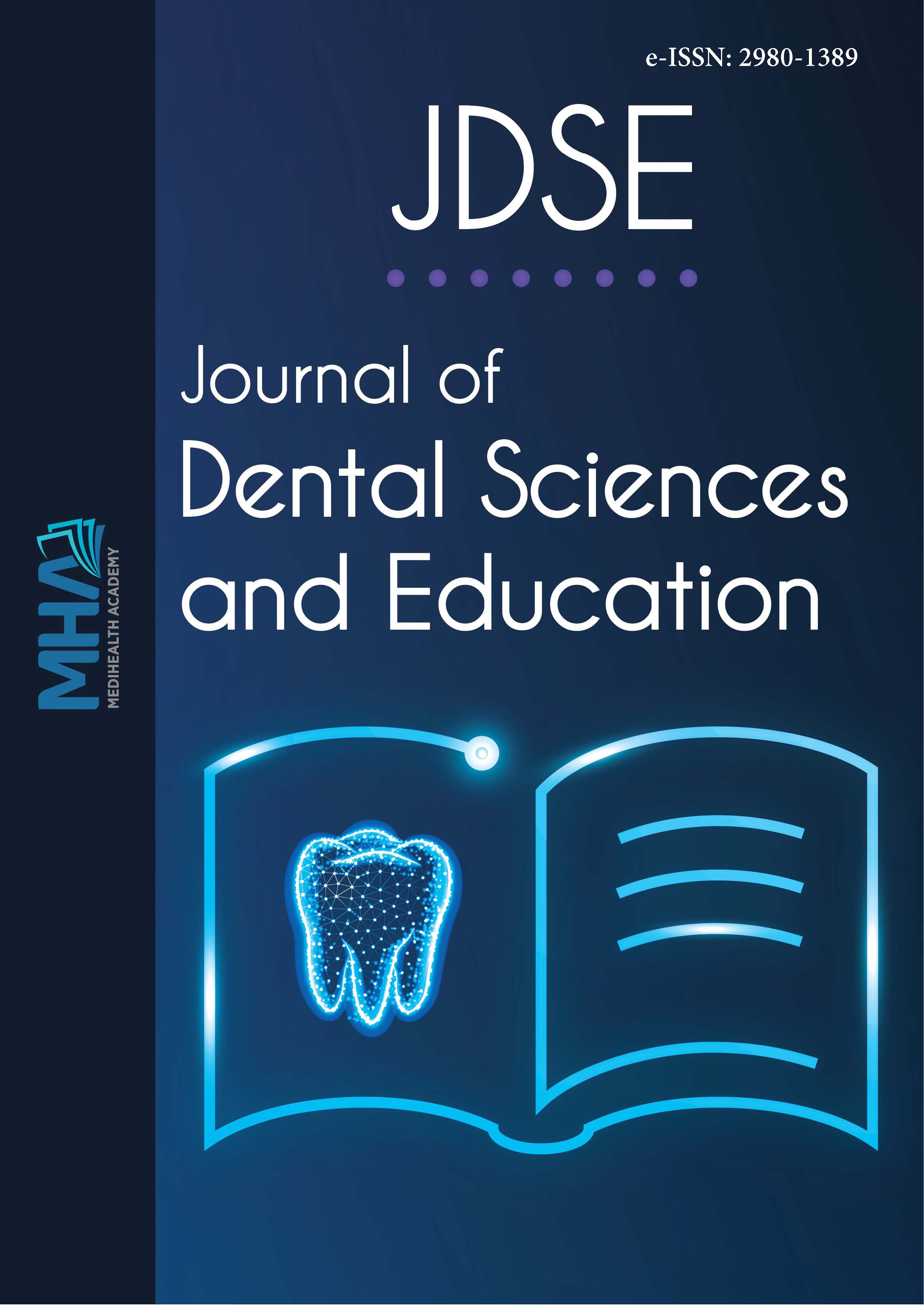1. Global Burden of Disease Collaborative Network. Global Burden ofDisease Study 2019 (GBD 2019). Seattle: Institute of Health Metrics andEvaluation (IHME); 2020. Available from: http://ghdx.healthdata.org/gbd-results-tool.
2. American Dental Association. 2018. Caries risk assessment andmanagement. Available from: https://www.ada.org/en/member-center/oral-health-topics/caries-risk-assessment-and-management
3. Rechmann P, Chaffee BW, Rechmann BMT, Featherstone JDB. Cariesmanagement by risk assessment: results from a practice-based researchnetwork study. J California Dental Assoc. 2019;47(1):15-24.
4. Featherstone JDB, Chaffee BW. The evidence for caries management byrisk assessment (CAMBRA®). Adv Dent Res. 2018;29(1):9-14.
5. Featherstone JDB, Crystal YO, Alston P, et al. A comparison of fourcaries risk assessment methods. Front Oral Health. 2021;2:656558.
6. Yorty JS, Walls AT, Wearden S. Caries risk assessment/treatmentprograms in U.S. dental school: an eleven-year follow-up. J DentalEducat. 2011;75(1):62-67.
7. McComas, M. Utilizing caries management by risk assessment(CAMBRA) for the purpose of creating a caries prevention treatmentplan for individualized patient care. MedEdPORTAL. 2015;11:10019.
8. Slayton RL, Urquhart O, Araujo MWB, et al. Evidence-based clinicalpractice guideline on nonrestorative treatments for carious lesionsA report from the American Dental Association. J Am Dental Assoc.2018;149(10):837-849.
9. Urban RA, Rowe DJ. Knowledge, attitudes and practices of dentalhygienists regarding caries management by risk assessment. AmDental Hygienists’ Assoc. 2015;89(1):55-62.
10. Tagliaferro EP, Ambrosano GM, Meneghim MD, Pereira AC. Riskindicators and risk predictors of dental caries in schoolchildren. J ApplOral Sci. 2008;16(6):408-413.
11. Ismail AI, Sohn W, Tellez M, Willem JM, Betz J, Lepkowski J. Riskindicators for dental caries using the International Caries Detectionand Assessment System (ICDAS). Commun Dent Oral Epidemiol.2008;36(1):55-68.
12. Zemaitiene M, Grigalauskiene R, Andruskeviciene V, et al. Dentalcaries risk indicators in early childhood and their association withcaries polarization in adolescence: a cross-sectional study. BMC OralHealth. 2017;17(1):2.
13. Yousaf M, Aslam T, Saeed S, Sarfraz A, Sarfraz Z, Cherrez-Ojeda I.Individual, family, and socioeconomic contributors to dental cariesin children from low- and middle-income countries. Int J Environ ResPublic Health. 2022;19(12):7114.
14. Rodriguez JL, Thakkar-Samtani M, Heaton LJ, Tranby EP, Tiwari T.Caries risk and social determinants of health: a big data report. J AmDent Assoc. 2023;154(2):113-121.
15. Righolt AJ, Sidorenkov G, Faggion CM Jr, Listl S, Duijster D. Qualitymeasures for dental care: a systematic review. Commun Dent OralEpidemiol. 2019;47(1):12-23.
16. Anderson KM, Marsh CA, Flemming AC, Isenstein H, ReynoldsJ. Measurement Enabled by Health IT: Overview, Possibilities, andChallenges. Rockville, MD: Agency for Healthcare Research andQuality; 2012. https://healthit.ahrq.gov/sites/default/files/docs/page/final-hit-enabled-quality-measurement-snapshot.pdf. Accessed March17, 2023.
17. Huh AJH, Chen JW, Bakland L, Goodacre C. Comparison ofdifferent clinical decision support tools in aiding dental and medicalprofessionals in managing primary dentition traumatic injuries.Pediatr Emerg Care. 2022;38(2):e534-e539.
18. Mertz E, Bolarinwa O, Wides C, et al. Provider attitudes toward theimplementation of clinical decision support tools in dental practice. JEvid Based Dent Pract. 2015;15(4):152-163.

